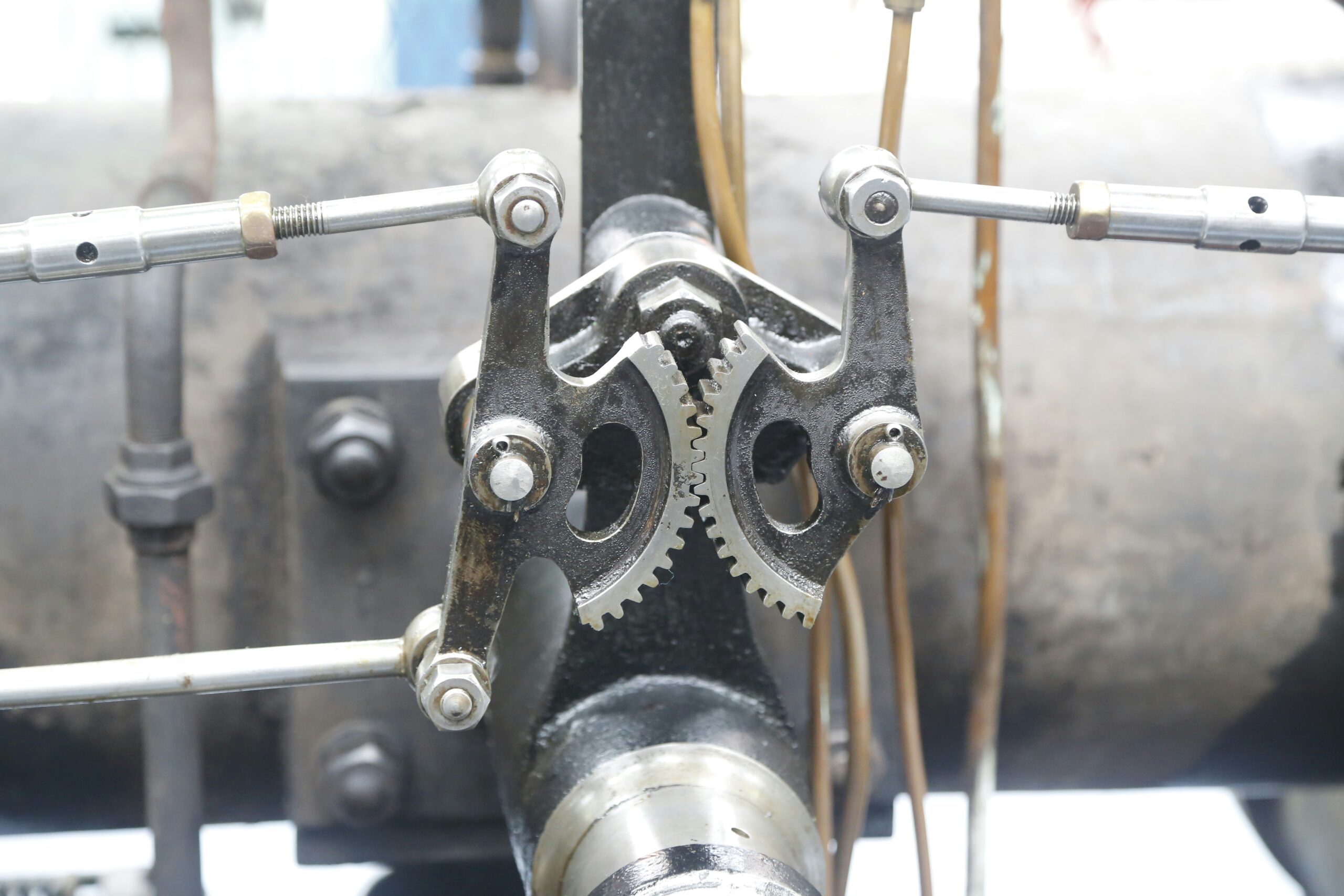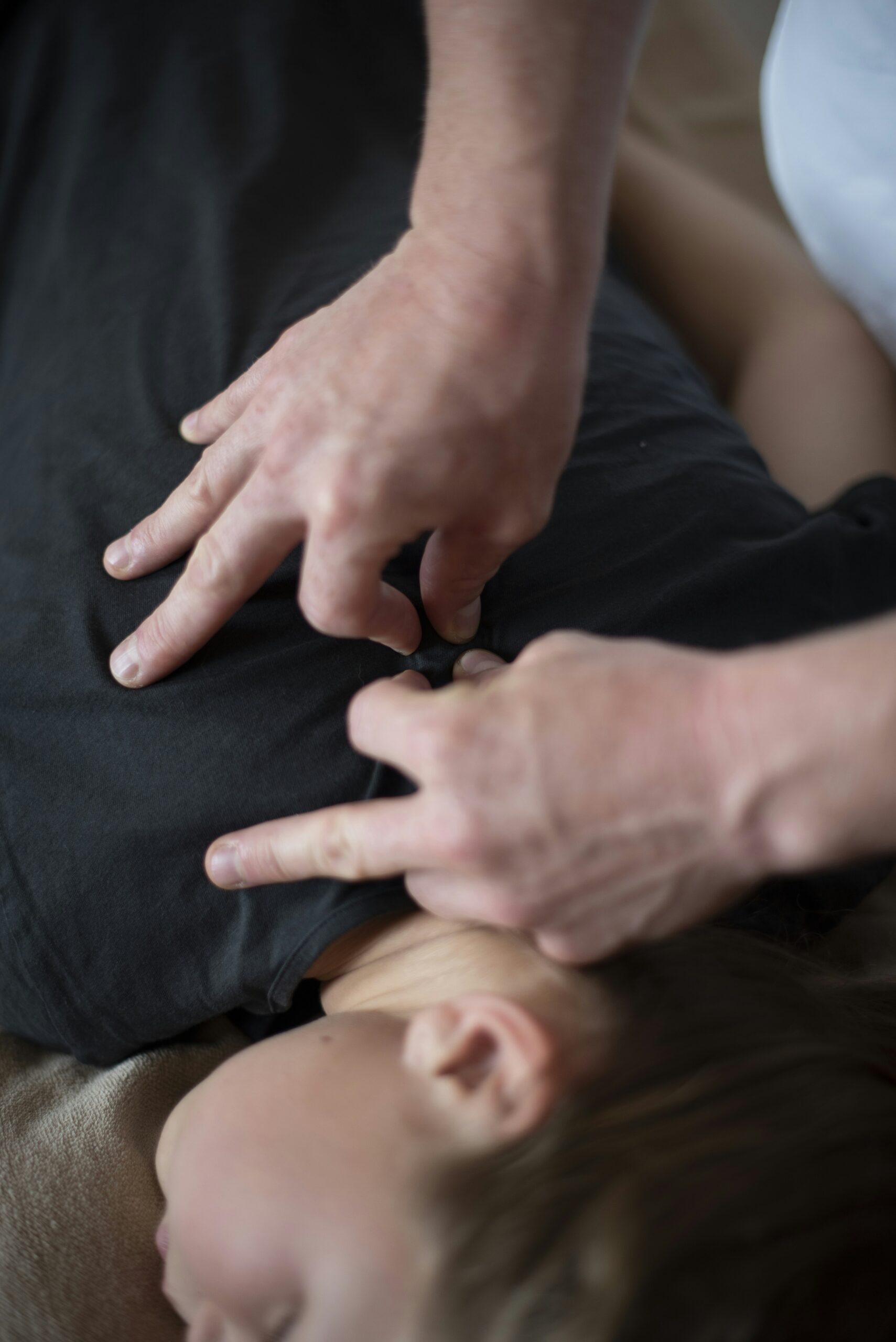Have you ever wondered how to adjust parallax on a scope to enhance your shooting accuracy? You’re not alone. Many enthusiasts and professionals alike ponder the best method for achieving that sharp focus and seamless shooting experience. Understanding parallax and mastering its adjustment can significantly improve your precision and performance. Let’s walk through this intriguing aspect of using scopes together.

Understanding Parallax in Scopes
Before diving into adjustment techniques, it’s useful to grasp what parallax is and how it affects your shooting. Parallax in scopes refers to the apparent shift of an object’s position when viewed along different sightlines. It’s a common issue when aiming at targets, especially at varying distances. When your reticle appears to shift relative to the target when you move your eye, you’re experiencing parallax.
Why Parallax Matters
Parallax can impact your accuracy. If the reticle isn’t correctly aligned with the target because of parallax, your shot may miss the mark. This becomes especially critical over longer distances or under competitive settings where precision is key. Understanding and correctly adjusting parallax is essential for hitting your target spot-on.
How Do Scopes With Parallax Adjustment Work?
Most high-quality scopes come with a parallax adjustment feature. This is usually a knob or ring on the scope that aligns the reticle with the target by adjusting the focal plane. These scopes are designed to provide a clear image and eliminate the seeming shift between the reticle and the target.
The Parallax Adjustment Mechanism
Typically, the adjustment feature allows you to bring the reticle and target into the same optical plane. This alignment minimizes any apparent shift due to parallax. When you make an adjustment, you’re essentially changing the focal length of the lens to match the distance to your target, ensuring that both your eye and the reticle view the target at the same point.
Assessing Whether Your Scope Has Parallax Issues
Identifying parallax issues is crucial in knowing when an adjustment is needed. Luckily, there’s a straightforward way to determine this.
The Eye Movement Test
Position yourself behind your scope and aim at a target. Slightly move your head side-to-side while keeping your eye aligned with the eyepiece. If you notice the reticle moving against the target, there is a parallax issue. If the reticle remains fixed on the target even as your perspective changes, then parallax isn’t a problem.
Best Practices for Adjusting Parallax
Once you’ve identified a parallax issue, adjusting it becomes a priority. Let’s explore some best practices to effectively manage this adjustment.
Step-by-Step Adjustments
-
Determine the Distance: Know the precise distance to your target. This will guide you during the adjustment process.
-
Align the Reticle Vertically: Before making any parallax adjustments, ensure that your reticle is vertically aligned with the target.
-
Adjust the Parallax Knob/Ring: Gradually turn the parallax adjustment knob or ring while keeping your eye at the correct distance from the scope. Stop adjusting once the reticle remains still relative to the target as you move your head slightly.
-
Focus Your Eye on the Reticle: Avoid focusing on the target first. Instead, focus on the reticle until it is sharp and clear. Your eye will naturally focus where it needs to once the reticle is properly adjusted.
-
Check for Changes: Re-assess parallax through the eye movement test to ensure that the initial adjustment was successful.

Common Mistakes When Adjusting Parallax
Even experienced shooters can make errors when adjusting parallax. Awareness of these pitfalls can help you avoid them.
Ignoring Environmental Conditions
External factors like lighting can affect your perception of parallax. Always account for changes in environment when adjusting your scope, as these could alter how both the target and reticle appear.
Over-Adjusting the Scope
New users might be inclined to turn the parallax knob too much, overshooting the proper point. This can make focusing the reticle difficult, so proceed with adjustment slowly and deliberately.
Tips for Perfecting Your Parallax Adjustment Skills
Improving at parallax adjustment often requires practice. Here are some tips to refine your abilities:
Practice in Different Conditions
Try adjusting parallax under varying conditions—different lights, distances, and positions. This helps you learn how to adapt quickly in diverse scenarios, improving your skills.
Use Consistent Equipment
As much as possible, use the same scope and rifle combination when practicing adjustments. Familiarity with your gear speeds up the adjustment process and boosts your confidence.

Scope Buying Considerations for Easy Parallax Adjustment
Choosing a scope well-suited for easy parallax adjustment can streamline your shooting experience. Here are factors to consider:
Adjustment Range and Precision
Select scopes with a wide parallax adjustment range to allow flexibility for various distances. Precision in the adjustment mechanism is equally important for fine-tuning.
Quality of Optics
High-quality lenses allow for greater clarity, making it easier to notice changes in parallax. Opt for scopes renowned for their optical quality to enhance your shooting accuracy.
The Role of Experience in Parallax Adjustment
Practical experience plays a vital role in mastering the art of parallax adjustment. As with many disciplines, the more you practice, the more intuitive it becomes.
Building Muscle Memory
Regular practice builds muscle memory, allowing you to make quick and accurate adjustments based on previous successes and understanding how your equipment works under various conditions.
Learning from Mistakes
Each adjustment offers a learning opportunity. Mistakes should be viewed as stepping stones towards achieving a more intuitive understanding of parallax correction.
Conclusion: Achieving Excellence in Parallax Adjustment
Adjusting parallax may initially seem challenging, but with practice and understanding, it becomes second nature. Whether you’re a competitive shooter or someone enjoying a day at the range, mastering this skill can vastly enhance your accuracy and focus. Keep honing your skills, stay aware of your equipment’s capabilities, and enjoy the rewarding experience of hitting your mark with precision.
Here’s to sharper focus and even sharper shooting!
